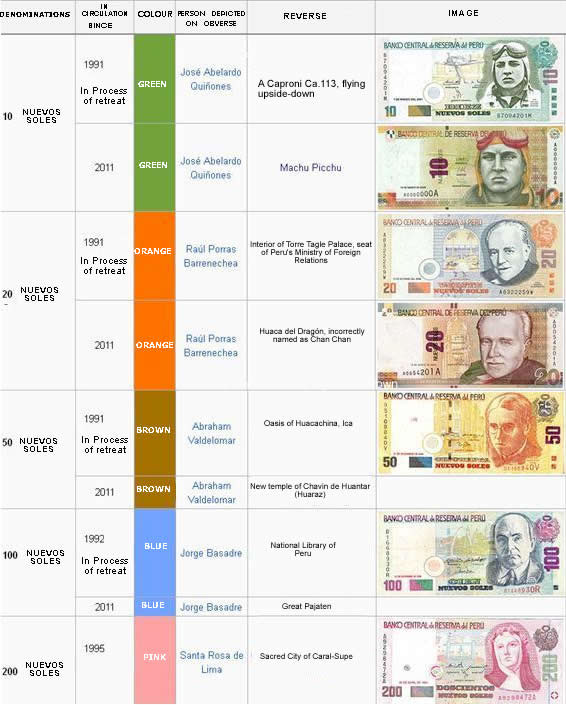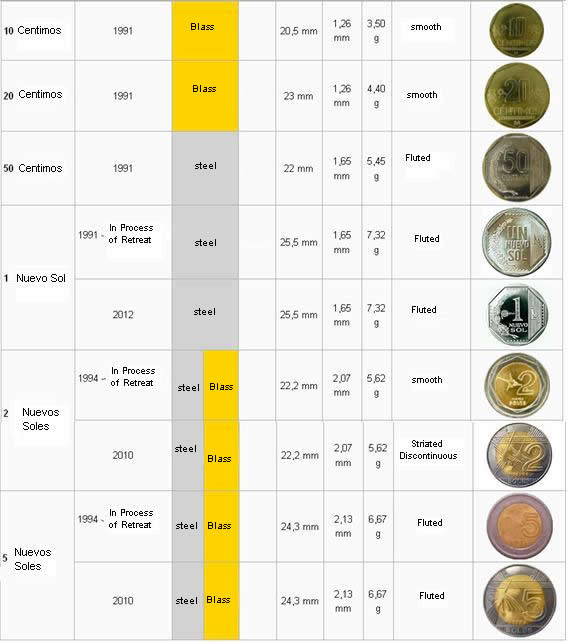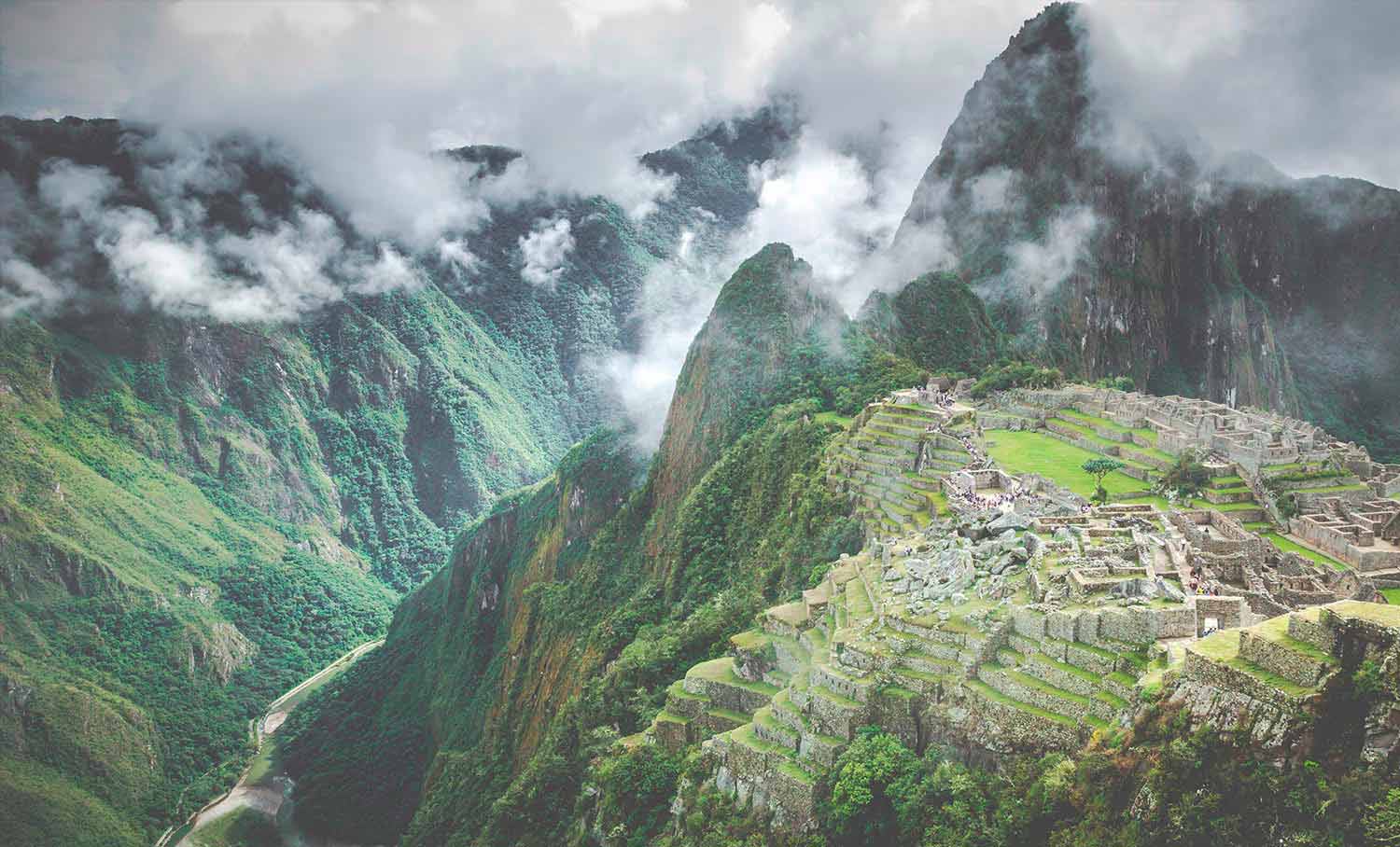The currency in Peru is the Peruvian Sol.
Peruvian Sol
Currency History
The Nuevo Sol, now called the Peruvian Sol, is the country’s monetary unit which took effect on July, 1991 in accordance with the provisions of Law No. 25295 issued on January 3, 1991. This coin replaced the Inti, driven by Alberto Fujimori because of the devaluation. A Nuevo Sol was equivalent, at the time of change in 1991, to a million Intis or billion of old soles.
The Peruvian Sol currency is divided into 100 cents with an equivalence of: I /. 1 000 000.00 = I / .m. 1.00 = S /. 1.00
Denominations of the Peruvian Sol that can be found are:
| Coins 10 cents 20 cents 50 cents 1 sol 2 soles 5 soles |
Bills 10 soles 20 soles 50 soles 100 soles 200 soles |


Money Exchange
Where can I exchange my money?
Carrying cash entitles you to get the top exchange rates quickly. There are four ways to change dollars: in hotels, at banks, exchange houses (casas de cambio), and at independent street money changers. Often, the best exchange is at a casa de cambio; compare the rates at different locations to seek the best rates. It is best not to change money on the street as counterfeits are a problem.
All foreign currencies must be in flawless condition: this means no tears or marks.
The best currency for exchange is the US dollar, although the Euro is increasingly accepted. Other hard currencies can be exchanged, but usually with difficulty and only in major cities and tourist centers.
Soles or US dollars? Can I use both?
In tourist destinatinations, like Miraflores and Barranco in Lima, Cusco, and Arequipa, hotels and several businesses accept US dollars for payment.
What is the exchange rate?
In recent years, the exchange rates have fluctuated between 3.10 to 3.5 soles for 1 USD.
Money Tip
When receiving local currency, always ask for small bills (billetes pequeñas), as S/100 bills are hard to change in small towns or for small purchases.
ATMs
Cajeros automáticos (ATMs) are found in nearly every city and town in Peru, as well as at major airports and bus terminals. ATMs are linked to the international Visa, MasterCard, American Express, and other networks. Before leaving home, notify your bank that you’ll be using your card abroad and confirm any international withdrawal fees
ATMs are a convenient way of obtaining cash, but the rates are usually lower than at casas de cambio. In Peru, both US dollars and soles are readily available. ATMs are normally open 24 hours a day. For safety reasons, use ATMs inside banks with security guards, preferably during daylight hours.
Credit Cards
Many top-end hotels and shops accept tarjetas de credito (credit cards) but usually charge you a 7% (or greater) fee for using them. The amount you’ll eventually pay is not based on the point-of-sale exchange rate, but the rate your bank chooses to use when the transaction posts to your account, sometimes weeks later. Your bank may also tack on a surcharge and additional fees for each foreign-currency transaction.
The most widely accepted cards in Peru are Visa and MasterCard, although American Express and a few others are valid in some establishments, as well as for cash advances at ATMs. Before you leave home, notify your bank that you’ll be using your credit card abroad.
Continue learning. Discover the Styles and Diversity of Peruvian Music

